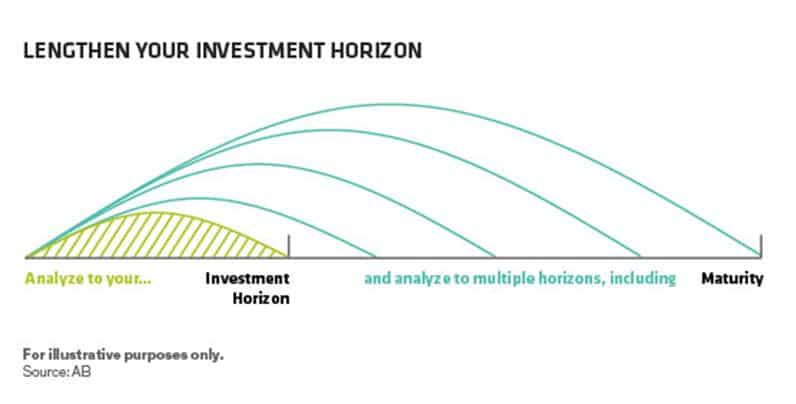But liquidity risk can also provide an additional source of returns. The trick is knowing how to manage it.
This is why picking the right manager is critical. Before entrusting money to anyone, investors or their advisers should make sure prospective managers understand why liquidity is evaporating and have an investment process that can effectively manage this growing risk.
In our view, settling for anything less will make it harder to protect your portfolio from the damage less liquid markets can cause – and to seize the opportunities they offer.
Here are some questions that we feel investors should be asking.
To what do you attribute the decline in liquidity?
For most people, an asset is liquid if it can be bought or sold quickly without significantly affecting its price – something that’s become more difficult lately.
Many market participants blame post–financial crisis banking regulations.
Designed to make banks safer, the new rules have also made them less willing to take risks.
Consequently, most banks are no longer big buyers and sellers of corporate bonds. In the past, banks’ involvement – particularly in high yield – helped keep price fluctuations in check and meant investors could usually count on them as buyers when others wanted to sell.
But because they affect the supply of liquidity, regulations are only part of the story. Several other trends have drastically increased the potential demand for liquidity.
These include investor crowding and the growing use of risk-management strategies that use leverage and make it hard for investors to ride out short-term volatility.
In one way or another, these trends have driven investors around the world to behave in the same way at the same time.
That distorts asset prices and suggests investors may find that their asset isn’t liquid when they need it to be. If a shock hits the market and a fire starts, each of these trends may act as an accelerant.
Managers who think regulation is the only cause of the liquidity drought probably aren’t seeing the big picture. That could make your portfolio more vulnerable in a crisis.
Has your investment process changed as liquidity has dried up?
Since it’s risky to assume that liquidity will be there when it’s needed, a manager should be comfortable with the notion of holding the bonds in his or her portfolio for a long time – possibly to maturity (see below chart).
Since that requires deep analysis and a selective eye, ask about a manager’s credit research process and how it has changed.

Managers should also be reducing the risk of getting trapped in crowded trades by taking a multi-sector approach.
This way, if selling spikes in one overcrowded corner of the credit market – let’s say emerging markets or high yield – investment managers can quickly and easily move into investment-grade bonds or another sector where liquidity is more plentiful.
Staying out of crowded trades also puts investors in a position to make decisions based on value, not popularity.
Managers who do this – and who keep some cash on hand – will be in a better position to swoop in and buy attractive assets when others are desperate to sell.
This ability to be agile and take the other side of popular trades can be a crucial advantage when other investors have to sell.
Think of those who used the 2013 ‘taper tantrum’ to buy attractive bonds when everyone else was hitting the sell button. For providing liquidity when others needed it, they were compensated with higher yields.
How are you dealing with volatility?
Volatility is a fact of life in markets, and investors should expect more of it as liquidity dries up. The best thing a manager can do is to be prepared.
For instance, does the manager buy ‘call’ or ‘put’ options – the right to buy or sell an asset in the future at a predetermined price to protect against a big liquidity-induced market move?
In our view, doing so is a lot like spending $3 on an umbrella when the sun is shining. After all, it’s going to rain eventually.
The alternative – waiting until volatility rises and prices fall before selling – is akin to buying the umbrella after the storm has started.
Chances are you’ll pay $5 for it – and you’ll get soaked as you run through the rain to get it.
What role do traders play?
Historically, traders at asset management firms mostly executed orders.
But as banks have retreated from the bond-trading business, the responsibilities of buy-side traders have grown.
Managers who embrace a hands-on role for traders are more likely to turn illiquidity to their advantage.
A few questions to consider: Do traders play an active role in the entire investment process?
Are they skilled enough to find sources of liquidity when it’s scarce and make the most of opportunities caused by its ebb and flow? Do traders understand the manager’s strategies?
If a manager can’t answer these questions, advisers should find someone else to oversee their clients’ assets.
Douglas J. Peebles is the chief investment officer and head of AllianceBernstein Fixed Income, and Ashish Shah is the head of AllianceBernstein Global Credit.







